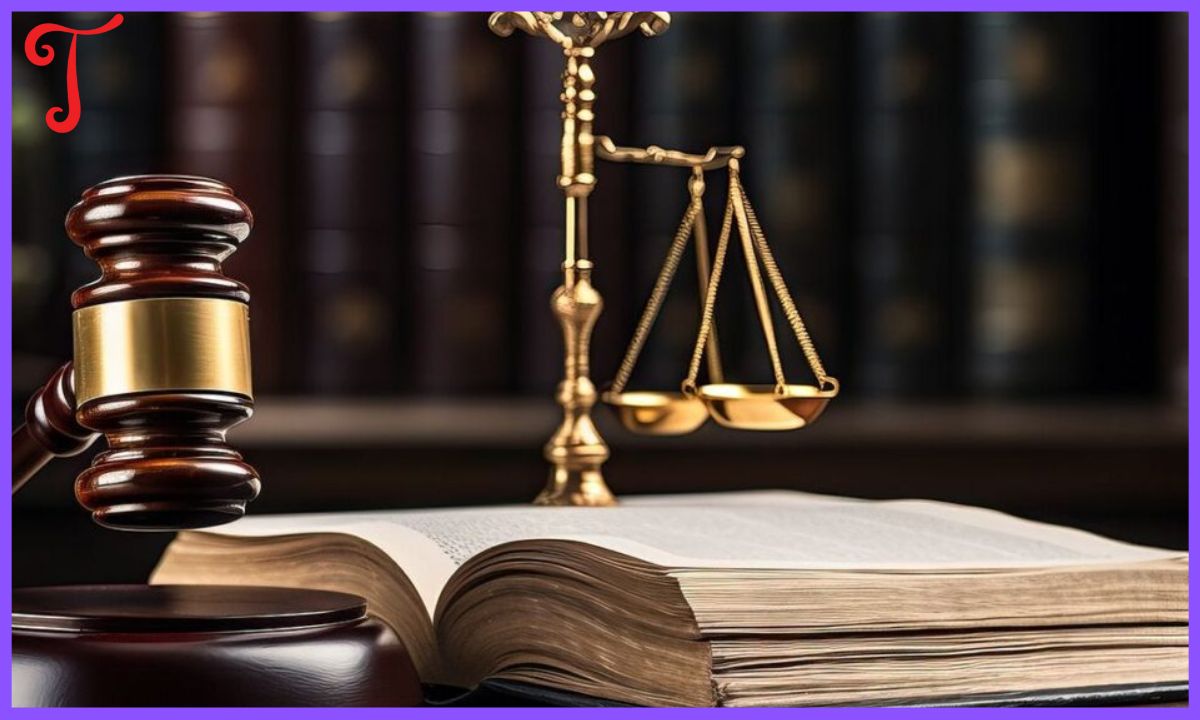The C.W. Park USC lawsuit exposed a web of complex issues within higher education. It highlighted the power dynamics between professors and students, institutional responses to misconduct, and the challenges of creating safe campus environments.
The case sparked nationwide discussions about accountability and reform in universities. Its impact continues to shape policies and attitudes towards sexual misconduct in academia today.
The Background of the C.W. Park USC Lawsuit
In 2021, a lawsuit rocked the University of Southern California (USC). The plaintiff, Jane Doe, accused Professor Choong Whan Park of sexual assault. The allegations spanned three years, starting in 2011. This wasn’t the first time Professor Park faced scrutiny.
Complaints about his behavior towards female students surfaced in 2018. Many of these students were of Korean descent. USC conducted an internal investigation. It found substance to these claims. Yet, Professor Park faced no significant consequences. This lack of action would later fuel the lawsuit’s fire.
The Allegations
Jane Doe’s lawsuit painted a disturbing picture. She claimed Professor Park abused his authority. He allegedly groomed and manipulated her into a non-consensual relationship. The lawsuit didn’t stop at personal accusations. It pointed fingers at USC’s handling of prior complaints.
This raised questions about the university’s commitment to student safety. Jane Doe wasn’t alone in her claims. Other female students, particularly those of Korean descent, reported similar experiences. The lawsuit argued that Professor Park targeted vulnerable students.
USC’s Response to the Lawsuit
USC found itself in a difficult position. The university faced public scrutiny and potential financial repercussions. They had to balance legal strategy with rebuilding trust. Initially, USC kept Professor Park employed. This decision drew heavy criticism.
Many felt it prioritized the university’s reputation over student safety. As pressure mounted, USC placed Professor Park on leave. The university also initiated a review of its policies. They aimed to create a more comprehensive system for handling sexual misconduct complaints.
The Aftermath of the C.W. Park USC Lawsuit
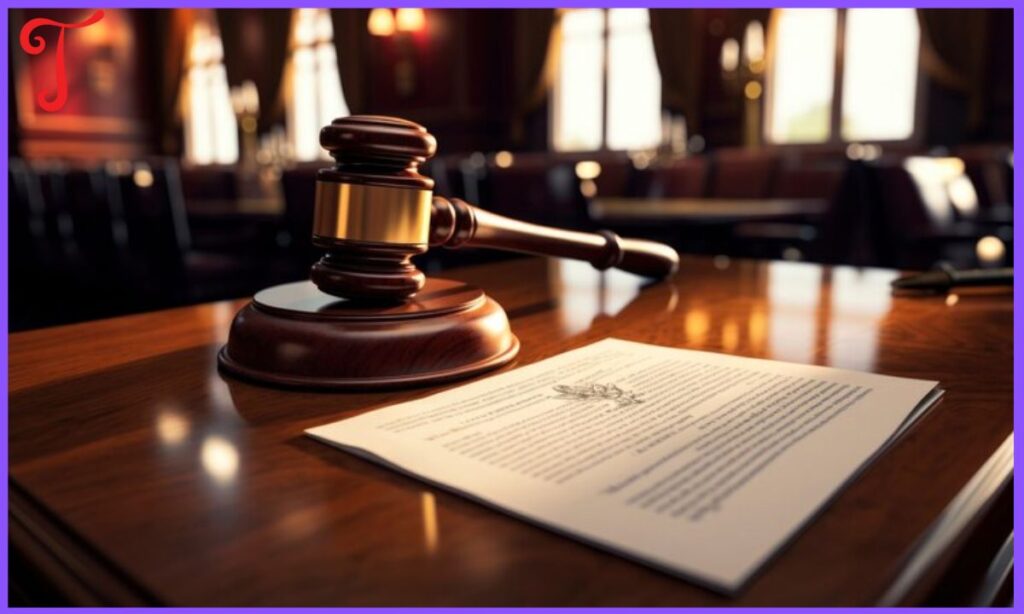
The lawsuit ignited student activism at USC. Students organized rallies and protests. They demanded transparency and stronger support systems for victims. These voices played a crucial role. They pressured USC to take action.
A meaningful dialogue about campus safety began. The aftermath extended beyond USC. Other universities took note. Many started reviewing their own policies and procedures.
The Legal Proceedings of the C.W. Park USC Lawsuit
The legal battle unfolded over several months. Jane Doe’s lawyers presented evidence to support her claims. Professor Park’s team countered these allegations. USC’s legal team focused on their response to prior complaints.
They aimed to show a fair and impartial process. The case highlighted the complexities of sexual misconduct in university settings. Evidence gathering proved challenging. The lawsuit exposed the difficulties in navigating such cases within academic institutions.
Read This Blog: Timberwolves vs Dallas Mavericks Match Player Stats
The End of the Lawsuit but Not the Conversation
After months of legal battles, the parties reached a settlement. The details remained confidential. This marked the end of the formal legal process. However, the conversation didn’t end with the lawsuit. The case left lasting impacts on USC and beyond.
It served as a stark reminder of sexual misconduct prevalence on college campuses. The settlement brought legal closure. Yet, emotional scars remained for Jane Doe and others affected. The need for vigilance and action became clearer than ever.
The Impact of the C.W. Park USC Lawsuit
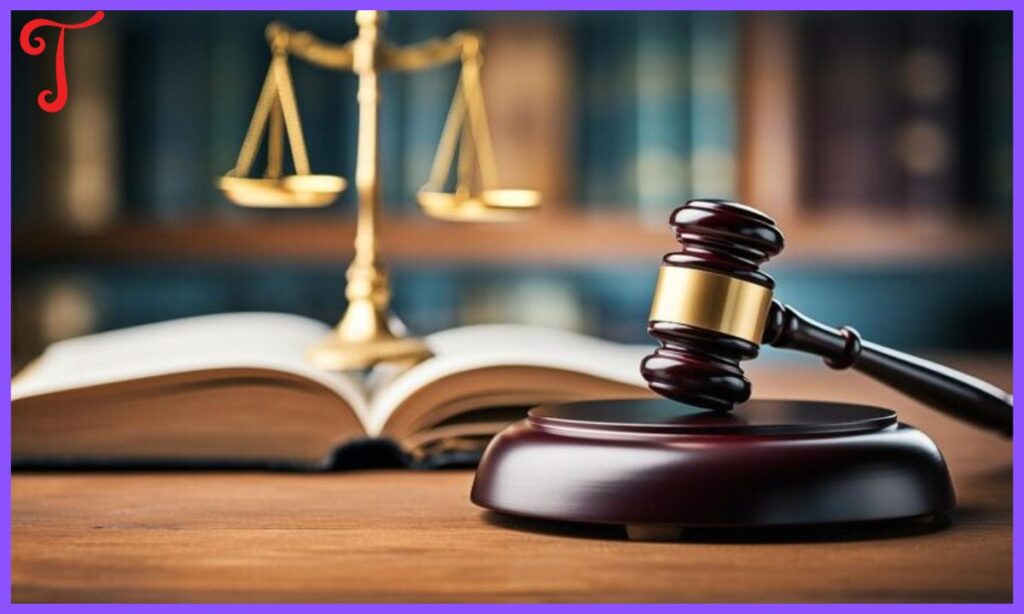
The lawsuit’s impact reached far beyond USC. It sparked a national conversation about campus sexual misconduct. Universities across the country reviewed their policies. The case highlighted the importance of safe reporting spaces.
Victims needed to come forward without fear of retaliation or disbelief. Advocacy groups used the lawsuit as a case study. The lawsuit pushed for accountability in educational institutions. It emphasized the need to prioritize student safety over reputation.
The Role of the Media
Media played a critical role in the C.W. Park case. News outlets reported extensively on the allegations and lawsuit progress. They covered student protests and university responses. This coverage kept the issue in the public eye. It pressured USC to take action.
The media ensured the lawsuit wasn’t ignored or forgotten. The case underscored the media’s vital role in exposing campus misconduct. It showed how journalism can hold institutions accountable.
Legal Limelight: How Did the C.W. Park Saga Begin?
The saga began with whispers and rumors. Students shared stories of uncomfortable encounters. These tales eventually reached university officials. In 2018, formal complaints emerged. USC launched an internal investigation.
Despite findings of misconduct, little changed. This inaction set the stage for the lawsuit. Jane Doe’s lawsuit in 2021 brought everything to light. It forced USC and Professor Park into the legal spotlight. The case quickly gained national attention.
Read This Blog: Dallas Mavericks vs Timberwolves Match Player Stats
USC’s Accountability: Examining C.W. Park Lawsuit Implications
The lawsuit forced USC to confront its practices. It raised questions about the university’s commitment to student safety. USC’s initial responses drew criticism. The case revealed flaws in USC’s handling of sexual misconduct complaints.
It showed a need for stronger policies and better enforcement. USC faced pressure to overhaul its systems. Long-term implications emerged for USC’s reputation. The university had to rebuild trust with students, faculty, and the public. This process continues today.
Ethical Dilemmas: Unpacking C.W. Park USC Lawsuit Dynamics
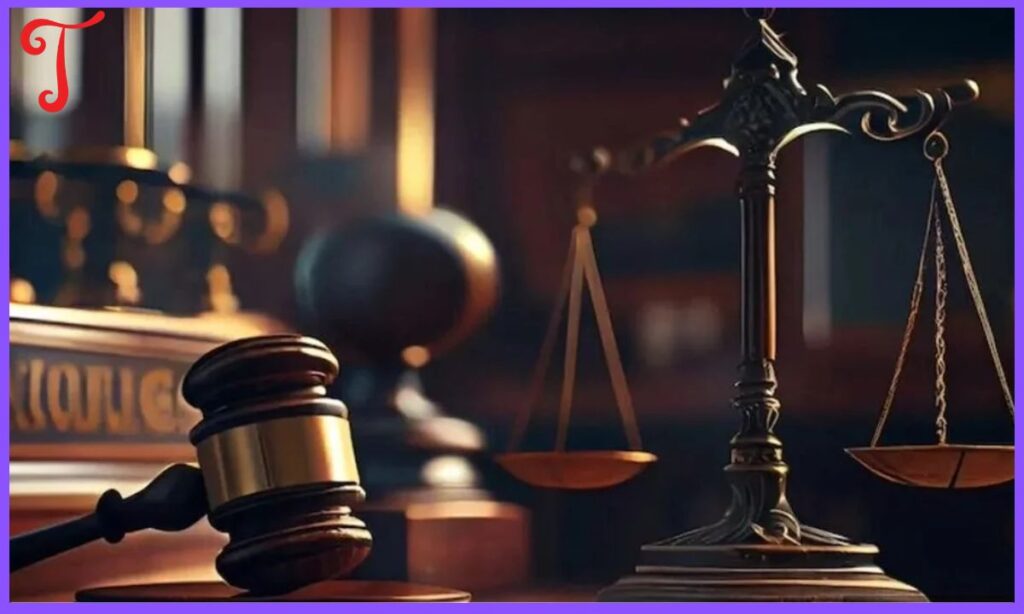
The lawsuit exposed complex ethical dilemmas. It highlighted the power imbalance between professors and students. Questions arose about academic integrity and professional conduct. USC faced ethical questions about its priorities.
Did it value its reputation over student well-being? The university’s actions came under intense scrutiny. The case also raised broader ethical issues in academia. It sparked debates about mentorship, boundaries, and accountability in higher education.
Behind Closed Doors: What Motivated the USC Lawsuit?
Several factors motivated the lawsuit. Jane Doe sought justice for her alleged experiences. She also aimed to prevent future incidents. The lawsuit sought to hold both Professor Park and USC accountable. It aimed to expose systemic issues in handling sexual misconduct complaints.
Financial compensation was one aspect, but not the sole motivation. Broader motivations included raising awareness and forcing change. The lawsuit became a tool for advocacy and reform.
The Future of Sexual Misconduct Prevention on College Campuses
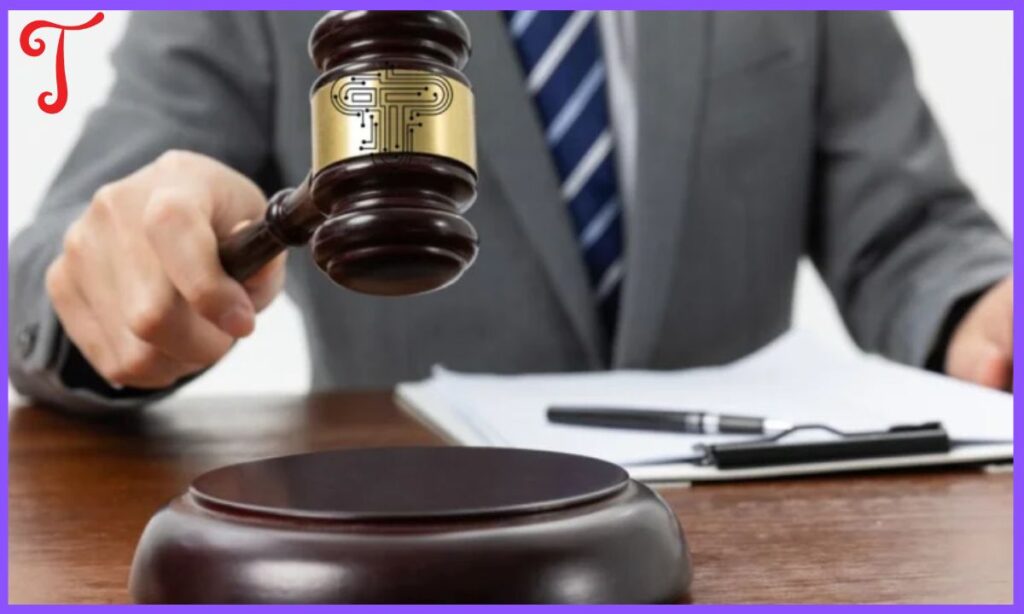
The C.W. Park case became a catalyst for change. Universities nationwide reassessed their policies. New prevention strategies emerged.
Key areas of focus include:
- Improved reporting systems
- Enhanced support for survivors
- Better training for faculty and staff
- Stronger enforcement of policies
- Cultural shifts towards respect and consent
The future requires ongoing vigilance. must adapt to new challenges. They need to create safer, more respectful campus environments.
Frequently Asked Questions
What were the main allegations in the C.W. Park USC lawsuit?
The lawsuit alleged sexual assault by Professor Park against a student over three years. It also claimed USC failed to properly address prior complaints.
How did USC initially respond to the lawsuit?
USC initially kept Professor Park employed while the legal process unfolded. This decision faced significant criticism.
What changes did USC implement after the lawsuit?
USC placed Professor Park on leave and initiated a review of its sexual misconduct policies and procedures.
How did students react to the lawsuit?
Students organized protests and rallies, demanding more transparency and better support systems for victims.
What was the outcome of the lawsuit?
The parties reached a confidential settlement, ending the formal legal proceedings but not the broader conversation about campus safety.
Conclusion
The C.W. Park USC lawsuit left an indelible mark on higher education. It exposed deep-rooted issues in handling sexual misconduct on campuses. The case forced universities to confront uncomfortable truths. USC faced a reckoning. It had to rebuild trust and reform its systems.
The lawsuit’s impact extended far beyond one institution. It sparked a national dialogue about campus safety and accountability. The settlement may have ended legal proceedings, but the conversation continues. Universities must remain vigilant. They need to prioritize student safety and create cultures of respect.
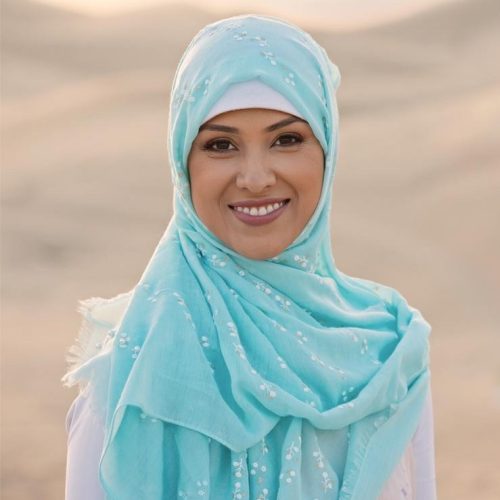
Sahar is a talented content writer and digital marketer with expertise in SEO, social media management, and online marketing. She excels at creating impactful, data-driven content to help businesses connect with their target audience and achieve measurable outcomes.

